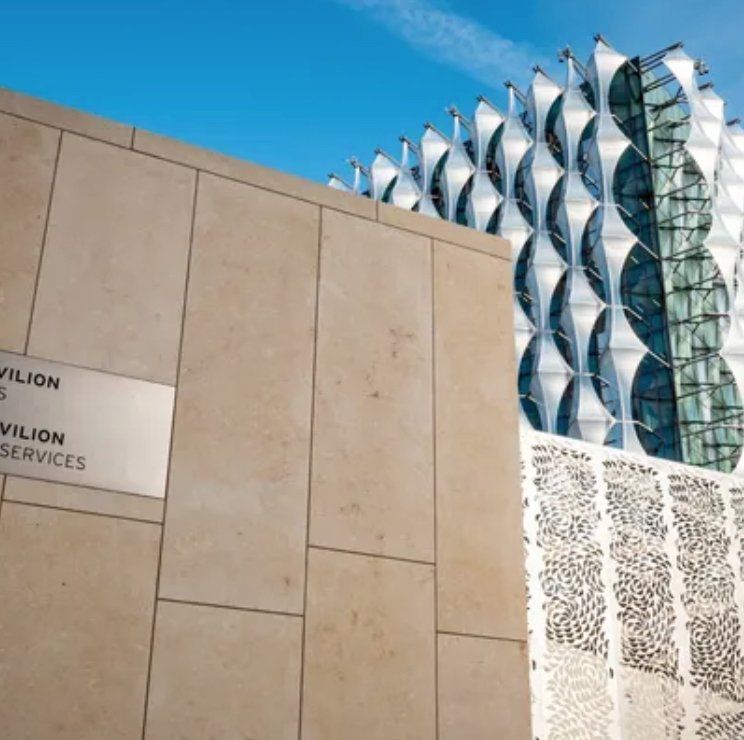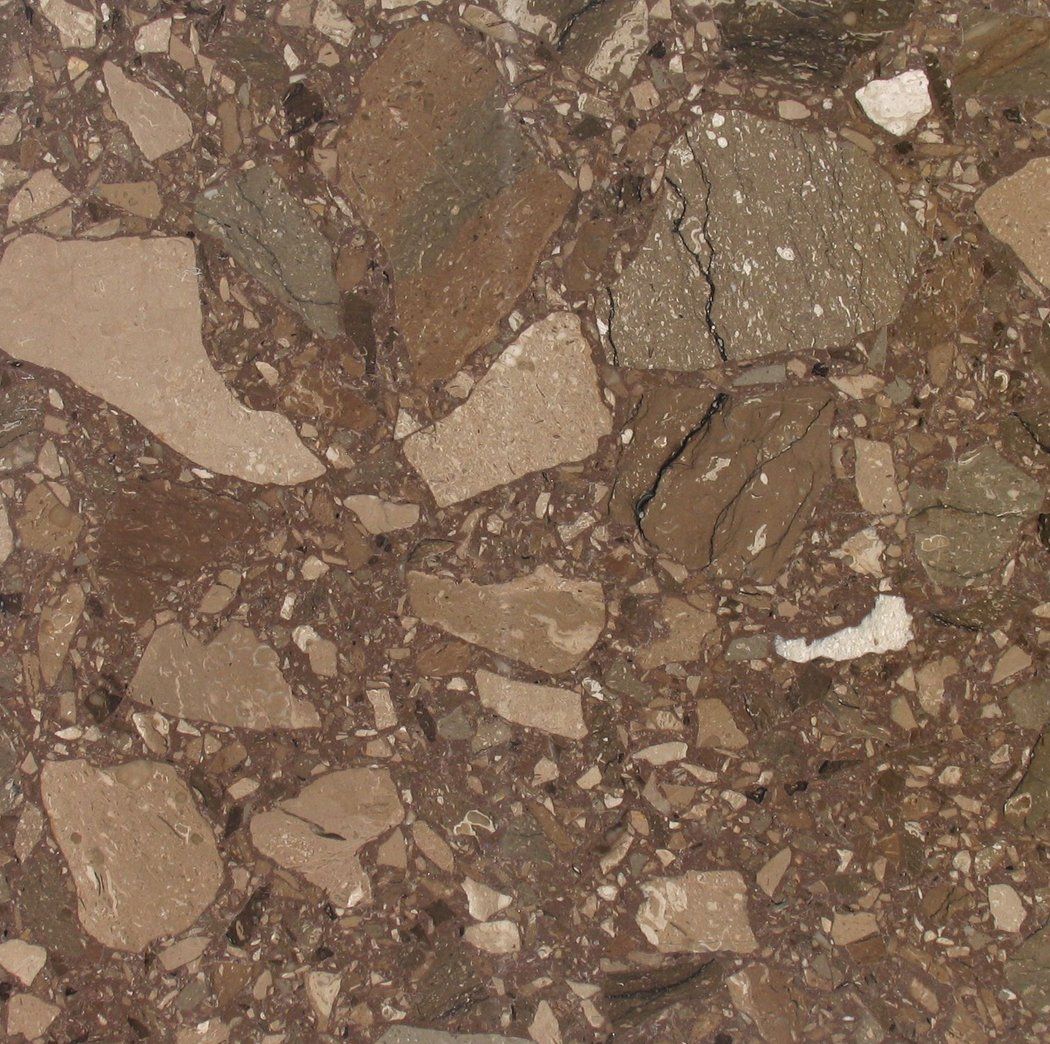Marble and Natural Stone

Slide title
Write your caption hereButton
Slide title
Write your caption hereButton
Slide title
Write your caption hereButton
Slide title
Write your caption hereButton
Slide title
Write your caption hereButton
Slide title
Write your caption hereButton
Slide title
Write your caption hereButton
We work in exclusive partnership with Grassi Pietre, Vicenza Stone specialist.
With a manufacturing plant that covers the surface of 35,000 m2, with 4,000 m2 of workshop, it combines the use of the latest technology in machinery as bridge saw, CNC, lathe and a sealing line for stone honing and polishing, with a high level of craftsmanship passed on in generations.
We supervise every step of the process from the initial tender, to approval of shop drawings, production, logistic, and installation, carried out by local highly skilled artisans, specially trained by the factory and directly managed in the UK.
This partnership ensures that projects are delivered in time and on budget, no matter what the size and the difficulty, to meet client expectation with a high level of customer service.
Vicenza Stone
Quarried in the Berici Hills by the Grassi Family since 1850, this limestone has been used since the Roman times for its purity and strenght.
Later used by Andrea Palladio who also reports in his work The Four Books of Architecture: “The stones will be worked immediately quarried: because it will be easier to work them at the time. Indeed, for some reason, they become to harden after a while”.
Available in different neutral tones, Vicenza Stone is suitable for indoor flooring, cladding, bathrooms and kitchens.
Design Driven Ltd works in partnership with Grassi Pietre, Vicenza stone specialist, located in the north-east of Italy, near Venice.
Thanks for this partnership Design Driven Ltd is the main Vicenza Stone supplier in the UK.
Grassi Pietre started working in its quarries in the Berici Hills since 1850 where Vicenza Stone is extracted in the quality of Bianco Avorio,Pietra del Mare, Giallo Dorato, Perla dei Berici, Grigio Alpi and Grigio Argento.
With a manufacturing plant that covers the surface of 35,000 m2, with 4,000 m2 of workshop, it combines the use of the latest technology in machinery as bridge saw, CNC, lathe and a sealing line for stone honing and polishing, with a high level of craftsmanship passed on in generations.
Design Driven Ltd, with the aid of the experienced Italian technical department supervises every step of the process from the initial tender, to approval of shop drawings, production, logistic, and installation, carried out by local highly skilled artisans, specially trained by the factory and directly managed in the UK.
This partnership ensures that projects are delivered in time and on budget, no matter what the size and the difficulty, to meet client expectation with a high level of customer service.
Our extensive experience in working with the Vicenza stone and the knowledge in the natural stone industry allow us to source, manufacture and install various materials, like
Travertine,
Onyx,
Calacatta and all other
marble and agglomerates.
We specialize in
the manufacturing and installation of
natural stone flooring, interior and exterior cladding, bathrooms and kitchen tops.
Materials
Vicenza Stone
Fifty million years ago, the area of the Berici Hills was entirely submerged by water.
In this marine environment the Pietra Berica became a limestone of dual formation, clastic and biogenic, since it results both from the deposition of material transported from rivers to the sea, and from the sedimentation of skeletons of aquatic organisms as foraminifera and bivalves.
In those warm seas countless species of fish and clams lived, while the seabed was rich in corals and seaweeds. The stone of the Berici Hills is also called soft stone, due to its easy workability and is classified into two distinct groups: the first one is called Pietra di Nanto and includes: the Nanto, the S. Germano, the Giallo Dorato, the Grigio Argento stone. All these stones from the eocene, are dated to fifty-five million years ago and characterised by a straw-yellow or grey color, due to the presence of iron oxides in their chemical composition.
The second group of the Vicenza Stone is dated back to some millions of years later and includes the S. Gottardo and Bianco Avorio, characterised by the white color, due to the purity of the limestone mass. The different training environment determines the salient features. The fossils in particular, contained in the stone itself, represent a sort of DNA: besides being an enrichment and natural decoration, they characterise the stone ageing and classification.
Vicenza stone has been privileged since Roman times for its purity and strength.
It is therefore used to create architectural elements, sculpture of statues and decorative garden objects. It owes its characteristics of weather resistance to the phenomenon of “carbonation”: the rain penetrates the stone and dissolves a part of limestone. The water is naturally filtered, depositing and creating a layer of calcite which re-solidifies the stone, making it more solid, less porous and less affected by water and frost.
This quality of Vicenza Stone has been known since ancient times; tradition says, in fact, to work the stone when it has just been quarried before it hardens.
In 1524 the young Andrea Palladio, is welcomed by the sculptors Giacomo da Porlezza and Girolamo Pittoni da Lumignano in their workshop.
They both were in contact with the greatest artists and architects of the time, active with sculptural works and architecture in the first half of the 16th century.
The young Palladio carries out his apprenticeship as a stonemason in Padua under the master Bortolomeo Cavazza da Sossano. He was committed to ornate drawing, engraving and sculpture of architectural elements.
This knowledge will serve him later, as mature architect, to devise projects in which Pietra Berica becomes a valuable material for the decoration and embellishment of the richest architectures such as stone bases, capitols, architraves, friezes, cornices, the contours of windows and doors, steps, floors, balustrades, shelves for jutting balconies. The Roman construction technique was followed, where only the external covering was made of stone.
Palladio reports in his work The Four Books of Architecture: “The stones will be worked immediately quarried: because it will be easier to work them at the time. Indeed, for some reason, they become to harden after a while”. The reason for this will be explained only many centuries later. Palladio also writes about the Roman bridges located in Vicenza: “They are made in Pietra di Costozza, which is a soft stone to be cut like the wood.”
In partnership with





















